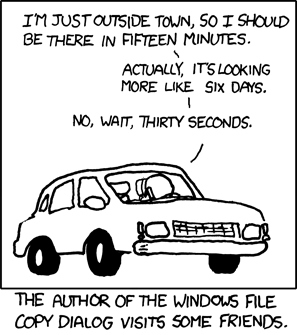My apologies. As of late, there have been several service disruptions on this site. In speaking with my web host, they have identified the following issues:
- On Thursday 4/11 and 4/18 between 6-10 am local time (1000-1400 UTC) the server that hosts engineeringradio.us was subjected to a DDoS (distributed denial of service) attack, where approximately 200,000 login attempts were made per hour from 90,000 different IP addresses. This was part of a greater attack on WordPress websites.
- On Wednesday 4/24 there was another DoS attack of a more limited and focused scale around 3-4 pm time frame
- On Tuesday 4/30 beginning at 5 am, (0900 UTC) there was a server issue that returned an error 404 message to anyone trying to access the website. The .htaccess file was somehow corrupted, which later caused an error 500 message. This outage lasted until approximately 2 pm (1800 UTC) when the .htaccess file was reloaded.
I have taken several steps to secure the web server and website against intrusions and other attacks. A distributed DoS attack is very hard to track and combat, the best course is to beef up security policies and weather the attacks when they come. I have contemplated moving this website to my own server, but that is more work than I have time for right now. Perhaps at some future point, if reliability continues to be an issue, I will do that.
For now, your patience is appreciated.

